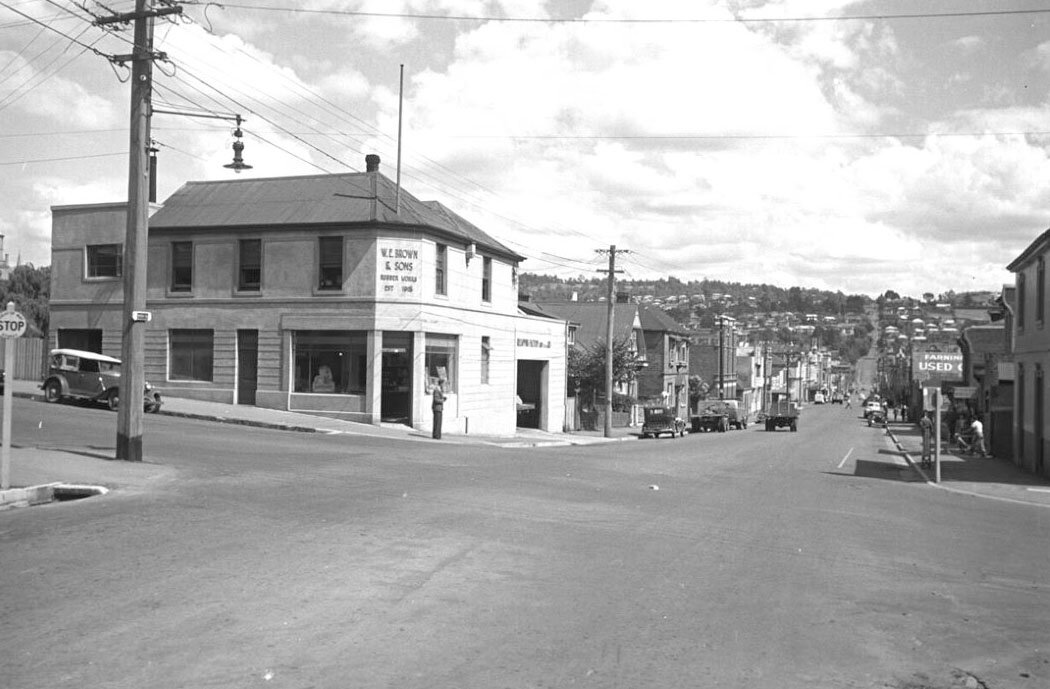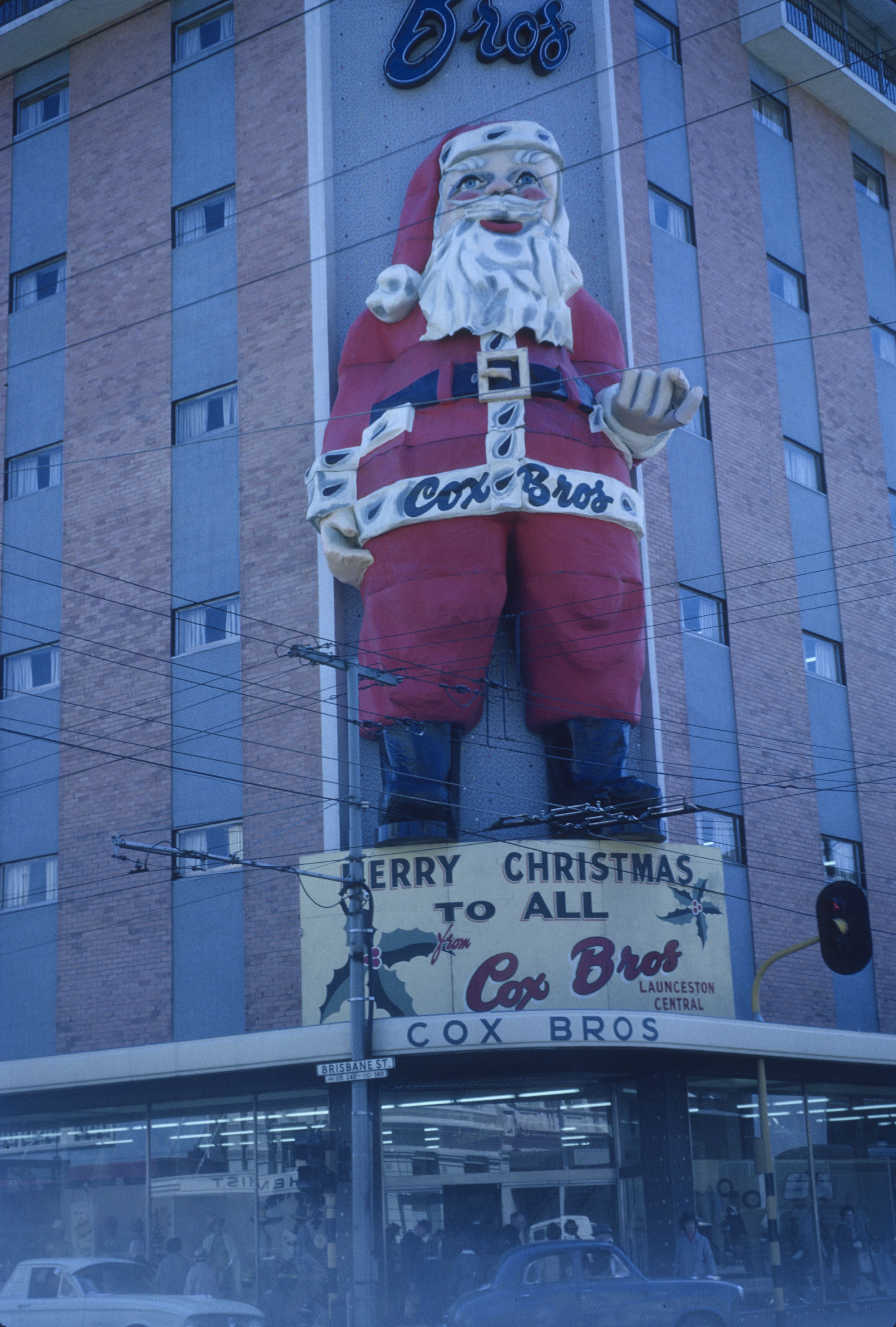Meanwhile in Hobart, Tasmania's first suburban shopping mall, Eastlands, opened in 1965, three years before in 1962 the Cat and Fiddle arcade opened in Hobart’s CBD. While Eastlands catered for the newly expanding suburbs on the eastern shore, the Cat and Fiddle Arcade provided modern shopping amenities and anchor stores right in the heart of the CBD. What Chadstone Myer had started in Melbourne became a model emulated across Australia. These mid century retail designs of providing multiple retail experiences under a single roof changed the retail experience in Australia forever.
Outdoor pedestrian malls in the later part of the 20th Century witnessed main roads removed in favour of walking and sitting areas with retail experiences on either side. Tasmania and, in particular Launceston, holds a special place in pedestrian mall history. The Launceston Brisbane Street Mall was the first in Australia, opening in the early 1970s. It remains to this day and, although altered several times (it underwent redevelopment last year), the concept of the open air pedestrian mall has not changed. Hobart too has an open air mall within a pedestrianised section of Elizabeth Street.
The advent of retail malls under one roof and open air malls set the scene for a retail boom in the mid 20th-Century. Access to and from these new retail experiences was still relatively close to the suburbs in Tasmania, in comparison to the sprawl of some mainland cities. This proximity, perhaps, aided in the viable continuation of traditional CBD shopping in Launceston and Hobart. There is also no doubt that Myer itself was a huge draw-card for shoppers in the CBD. It’s not only a retail attractor but the building itself is visually stunning, with many beautiful and interesting design attributes. The original exterior facade remains intact. A striking design feature is on this facade, which wraps and curves, enveloped in thousands of mosaic tiles in a variety of colours typical of hues seen in mid-20th Century design. This feature, so large in its scale, is the largest known use of mosaic tiles in Tasmania to me. The irony is though that not many people are aware of its existence. People ask me what the tile details of my photographs are from and they’re surprised when I tell them where it is. When you take the time to look up and admire how enormous the mosaic really is and how many tiles have been used, you can’t help but be impressed. The fact that it has been retained demonstrates its importance as an example of 1960s design aesthetic.











